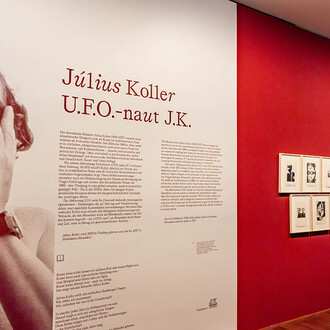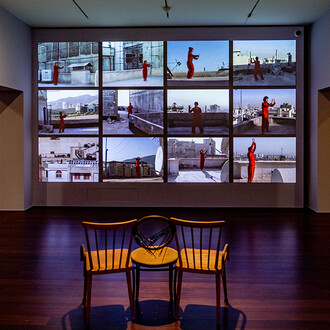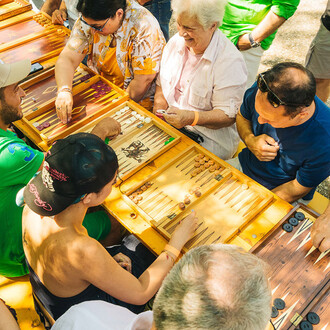The Museum der Moderne Salzburg's richly diverse collections encompass ca. 55,000 works of art from the nineteenth and twentieth centuries as well as contemporary art. Extending across two gallery floors, this grand exhibition undertakes a fresh survey of the collections. Exploring their more obscure divisions, the museum's resident curators also unearth treasures that have not seen the spotlight of a public presentation in decades, if ever. The objective cannot be to show everything; rather, we invite our visitors to join us on a voyage of discovery into unfamiliar terrain, guided, in no small part, by a polyphonic and ambitiously staged panorama of the Museum der Moderne Salzburg's collections that looks back on their history—and notes lacunae—while also envisioning their future, which remains to be defined.
The exhibition addresses questions concerning a museum's collection-building and exhibition practices and provides insight into its day-to-day operation. An art exhibition is always also a document of its time, a symbolic articulation of social realities with their contradictions, contentious issues, and interests. There is no such thing as a neutral hanging. The history of the arrangement of pictures in the exhibition gallery reflects shifting ideas about art and visual representations as well as the political and exonomic motivations of collectors, gallery oweners, and curators. In light of this history, museums do wel to periodically reconsider the premises of their four central responsibilities: the collection, preservation, and scholarly study of art as well as art education.
How does our perspective on a collection that has grown over decades change with the passage of time, and how does that affect the forms of its presentation? What does it mean for the museum's curators to work with its holdings? Which value do we attach to the various divisions of the collection, and what is the significance of the encounter between beholder and work of art in the gallery? Has the way we engage with art changed, and what does that imply for the future of the museum? How does the Museum der Moderne Salzburg position itself in an increasingly complex world?
















